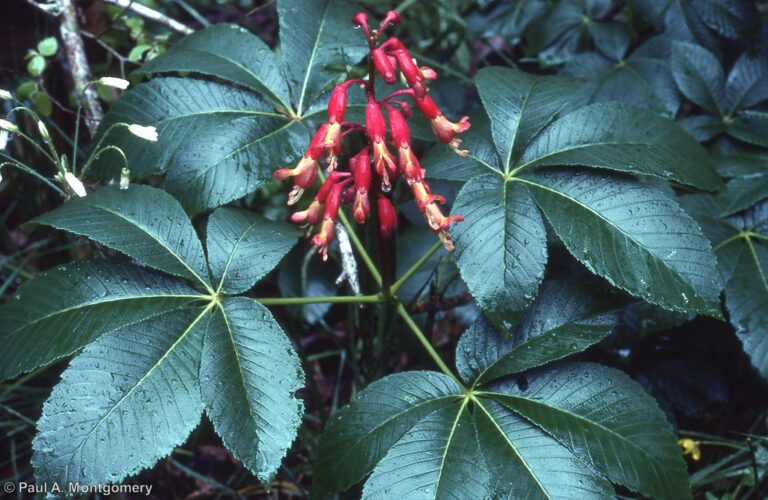Welcome to Tyler Chapter!
The Tyler Chapter of the Native Plant Society of Texas, founded in January 2024, helps build connections between residents of Smith County and the surrounding areas to our local native plants. Through education, outreach, and advocacy, we aim to help resident patrons improve our environment by utilizing local native plants.
If you are interested in learning about gardening with native plants, this is the organization for you. Members and native plant professionals share a wealth of knowledge gained from experiences with native plants.
Our monthly meetings, which are free and open to the public, feature a variety of speakers and meet on the second Monday of every month at the Tyler Nature Center. Join us to network, learn and gain resources about native plants, habitat gardening, soil health, water conservation, and much more. Our website calendar has details on upcoming meetings and events. We hope to see you soon!

P.S. Already a member and ready to become more involved? The success of our Chapter is attributed to chapter member volunteers. If you are interested in helping our chapter grow, please click on the Volunteer tab above to tell us your availability and interest in helping!
Tyler Chapter Events
Click on an event for more details
Tyler Chapter News
October Newsletter from Stacey Gates, Tyler Chapter President
Thank you to those who attended our September meeting where we watched a very informative video presented by David Tallomy. I received several phone calls and text messages complimenting the video’s information.
Over the past few months, I have been considering the future of NPSOT Tyler Chapter and what the Chapter might want to do in the upcoming year. To help facilitate, I’ve been working on a survey to send out – you may recall me speaking about this survey during our August meeting. I believe I am close to sending out the survey – it will come to you from Survey Monkey. Please complete it as soon as possible. Your input is very important to me and I thank you in advance for completing the survey.
Speaking of the future, I am currently booking the 2025 Program Schedule. If you have a speaker in mind that you would like to hear from, please let me know and I’ll do my best to book them. Most of our speakers we have heard from were referred to me by members. Your input is very important!
As for this month’s presentation, I am really looking forward to hearing Bob Daily talk with us about Soil. Soil health is a great passion of mine and I’m so excited for our Chapter to have such a fantastic presenter come talk with us! This is our last scheduled presentation for this year and we are ending with a big bang! So please plan to join us Monday, October 14th at 2pm.
Also, this month is our East Texas Plant & Garden “Stuff” swap. We are meeting on Sunday, October 27th at 3pm Big Sandy City Park Pavilion, located at 401 Wildcat Drive in Big Sandy Texas. Thank you to Lin Grado for helping us come up with a list of items that we all LOVE to work with but may not remember they are great to exchange. Pots, chopsticks, bottles, pinecones, sweetgum balls, etc. – click on the Events listing above for more information. So grab a few plants and or items you have sitting aside as extra and come join in on the fun. We aim for this event to be about the socialization of our Chapters and encourage members to bring a bottle of water to drink and maybe a little snack to share. Remember this event is for members only and if you are not a member, please join!! You can click on the tab Join Tyler Chapter at the top of this page.
Volunteers needed! We are seeking volunteers to help with our 2025 programs. If you have interest in giving 30 minutes to 1 hour a month, please message me!
Virtual Events Available to You
See all the upcoming statewide virtual events on our Virtual Events Calendar.
State News

Contest Winners Announced
Congratulations to all the winners of the 2024 contests – video, photography, and chapter newsletter.

Last Chance to Attend the 2024 Fall Symposium in New Braunfels
Registration Closes Midnight on Monday, September 23rd! If you want to attend the NPSOT Fall Symposium in New Braunfels, sign up before the in-person event registration window closes! If you

2024 Annual Awards Announcement
by the Native Plant Society of Texas Awards Committee Ashley Landry leading a native plant rescue project in Central Texas. Photo courtesy of Hillary Xu Every year the Native Plant


